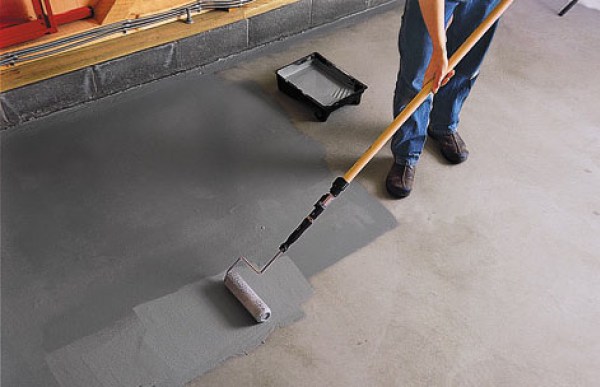Anything in your home that’s attached to the water supply runs the risk of springing a leak. That also includes anything that drains water away. With so much riding on your pipes and appliances holding all their water inside, you’d think it would be easier to locate something leaking in your home. As it turns out, it can be kinda tricky. So, grab a flashlight and let’s start sleuthing!
Ask Yourself: Is it Really a Leak?
This may sound like common sense, but when you’re new to homeownership, or even just to leaking stuff, you may mistake condensation for leaks. There’s a good reason for this. Older pipes do sometimes condensate so hard that they drip. This is especially common in high humidity areas like basements and crawl spaces.
Before you panic because your pipes are leaking, take a hard look at where that water is coming from. Is it intermittent? Just when it’s muggy? Run a dehumidifier near the condensation pipe and, like magic, your condensing pipes will be no more! If the problem is in a crawl space, try opening up your foundation vents so outside air can move in and push built up humidity out. Adding pre-formed foam pipe insulation in both locations will also help fight the drip.
On the Hunt for Leaks
Usually, a homeowner will stumble across leaks on pure accident. They’re rarely loud, raging rivers, most are gentle trickles at best. In fact, you could have a leak for months and not even realize it! So how do you go about tracking one down?
Look for signs of moisture damage. A leaking toilet, for example, will almost always leak at the wax ring that creates the seal between the stool to the drain pipe. When leaking happens here, it’s common that the water goes under the flooring and causes it to bubble up or soften.
Smell around. This sounds ridiculous, but if you can’t see any damage, you may be able to smell the distinctive scent of mildew and moisture. Follow your nose to the source of the problem.
Listen for dripping sounds. Even a tiny leak can sometimes be heard, especially if the leak in question is dripping into a closed area. For example, an air handler with a clogged or rusted condensation pan may drip into the space below, until a significant amount of standing water collects. The drip, drip, drip you hear when you walk by the utility closet could be a warning sign.
If your basic senses fail you, it’s time to start a systematic search. When you just know there’s a leak, but you can’t quite find it, make a list of all the things in your house that use water, including appliances like the dishwasher and the icemaker. Don’t forget all the drains, which can be really frustrating since a leaky drain literally comes and goes as it fills with water.
Fixing a Leak
Fixing your leak is going to depend heavily on where it’s located and what kind of materials are involved. For a basic homeowner-level repair, limit your efforts to plastic pipes and screw-on braided cables like the water lines to the toilet and sinks. Copper, galvanized steel and cast iron require special tools and specific expertise to fix.
Then again, your leak might not even be related to pipes — it could be coming from a backed-up condensation line at your air handler. In that case, running vinegar through the line will loosen the clog and let water flow freely again. If it’s a rusted condensation pan, though, you’re going to need a pro. The same goes for a hot water heater that’s leaking out the bottom.
Ultimately, leaks are huge pains, but many can be repaired easily with a few bits and pieces from the hardware store. It’s more important to know when you’re in over your head because it’s easy to make the problem worse. If you can’t fix the leak, make sure to put the shut-off valve into the “off” position until a pro can help.























